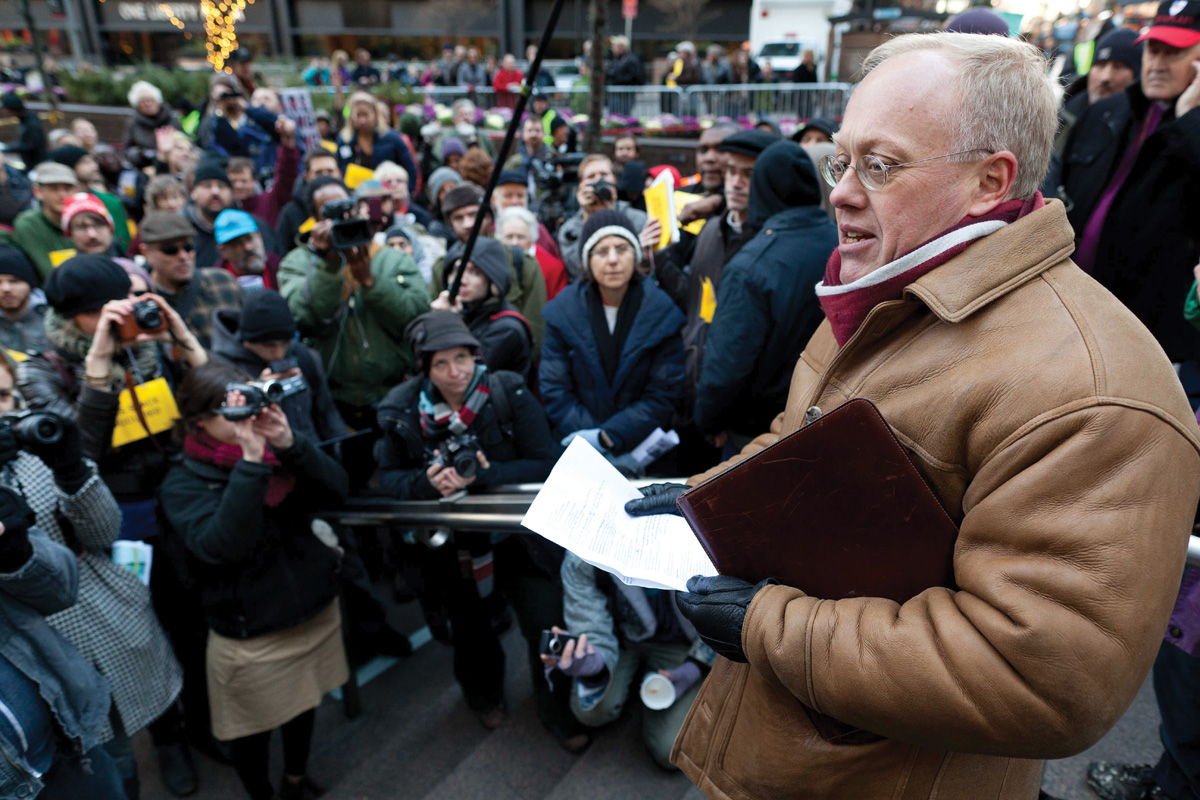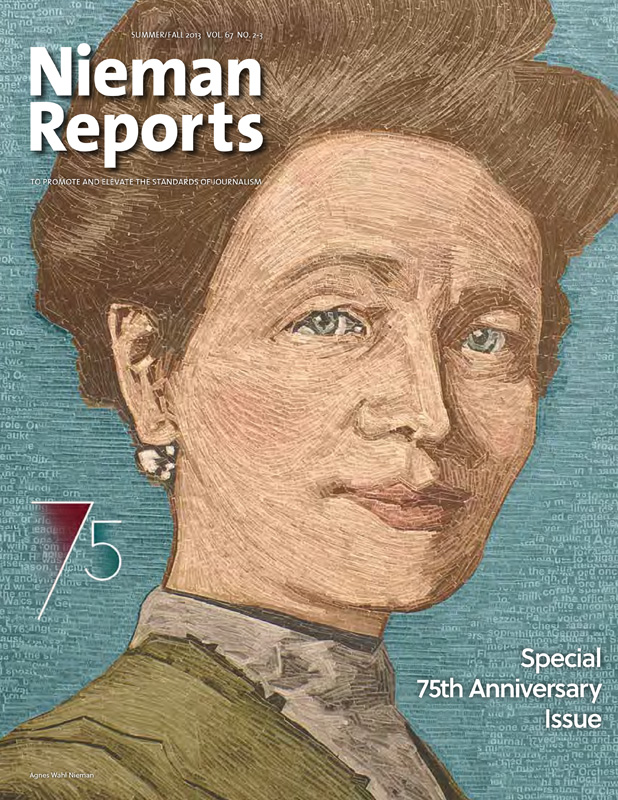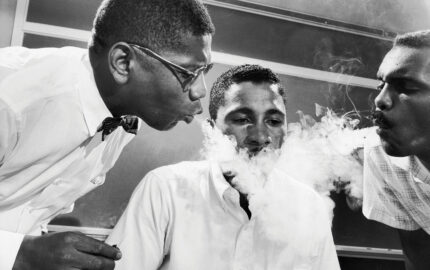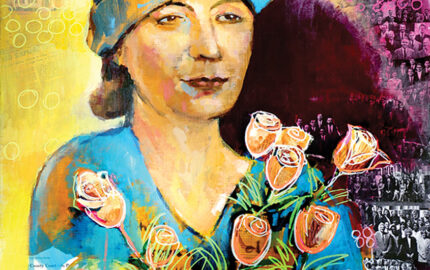The shape and content of my decade as curator was determined by unexpected events. Howie Simons’s time as curator was cut drastically short by his death. The dissolution of the Soviet Union and the collapse of journalism’s economic model determined Nieman needs during my tenure. It had been an article of faith that mid-career journalists knew journalism, but changing times required not only adjusting how we produced and disseminated news, but reminding ourselves what values had to remain in the content of journalism.
With Howie’s help, we put together in Prague the first conference between U.S. journalists and those newly freed in Eastern and Central Europe. Vaclav Havel opened the meeting with this reminder of what a Nieman year should be about: The free flow of information “allowed us to take back our language, a language that had been stolen by propagandists to convince us that show trials were ‘justice’ and that slavery was ‘freedom.’ Only when the language had been freed could the people begin to have their own honest thoughts about political affairs, about the real state of the world, and about their place in that world.”
The faces of 258 Fellows flash through my mind. With deep regret, I can’t acknowledge each of them, but let me run through my decade. Because it was my first class, 1990 sticks out. It was the class that helped shape a Lippmann House curriculum. To meet the needs of Fellows for whom economics was a foreign language, Joe Bower at the Harvard Business School set up annual workshops. And for environmental reporters, a new job description, there were field trips to the Arnold Arboretum and Woods Hole.
In 1991 there was Native American Tim Giago, who created Indian Country Today, the first independently owned Indian newspaper. In 1992 South African Niemans formed a society to promote and elevate standards, leading Nelson Mandela to direct the African National Congress to ensure that township youth be taught to respect journalists covering unrest. A member of the 1993 class, Gagan Gill, from India, transitioned from journalism to poetry, for which she has won wide acclaim. From the Class of 1994, Stojan Cerovic of Serbia showed newly free journalists what independence meant when he wrote in Vreme, a newsmagazine based in Belgrade, Serbia: “As far as I am concerned, I do not care much for any of the opposition parties, not even for all of them together. I have nothing against the regime, except that I consider it responsible for the war, the sanctions, for poverty, theft, crime, and the strangling of the free press.”
RELATED ARTICLES
The Nieman Factor
Julia Keller
A Gift Beyond Measure
Bob Giles
Anne Hull, NF ’95, shared a 2008 Pulitzer for exposing the mistreatment of veterans at Walter Reed Hospital in Washington, D.C. Ying Chan of the Class of ’96 became the founding dean of a journalism school in Hong Kong. The 1997 class included Pilita Clark, now the lead environmental writer at the Financial Times. From the 1998 class, Christine Chinlund oversees The Boston Globe newsroom with a special focus on Page 1. Chris Hedges, NF ’99, produced what The New York Times described as “a call to action” in the first issue of The Occupied Wall Street Journal, a four-page newspaper published by participants in the 2011 demonstrations in Manhattan. And from the Class of 2000, Benjamin Fernandez Bogado of Paraguay, who has been in and out of jail for reporting critical of his country’s leaders, now works internationally, writing, speaking, and teaching on free speech issues.
I spent my final years in newsrooms adjusting to changes to traditional journalism introduced by personal computers, color photographs, and 24-hour cable television news. During my decade as curator, the Internet and the Web changed the fundamental relationship between producers and consumers of news. With the help of Harvard faculty, we introduced changes to course offerings and seminars to help each new class cope with this new reality. It fell to my successor, Bob Giles, to deal systematically with challenges we addressed only episodically. He and his classes confronted a 21st-century journalism those at the opening of the 20th century could never have imagined.




